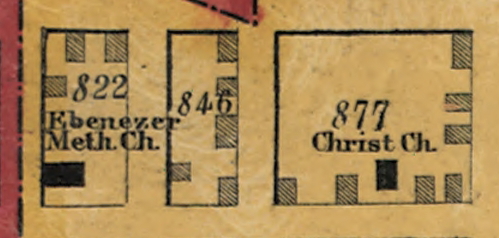 I have written multiple times about schools on Capitol Hill, but there’s an important one that I have thus far missed. It’s an important piece of a tour I will be giving in April, as part of their Emancipation Day celebration.
I have written multiple times about schools on Capitol Hill, but there’s an important one that I have thus far missed. It’s an important piece of a tour I will be giving in April, as part of their Emancipation Day celebration.
The first public school in the District of Columbia opened in 1806, next to the Capitol. Over the next 50 years, however, only a fraction of the children in Washington had gone to public school – and then, only the white ones. For African American children, a variety of private schools (of greater and lesser quality and longevity) existed, but no support came from the city itself.
The passage of the DC Emancipation Act in April 1862 prodded the D.C. Council to act. On May 21 of that year, they passed a law with the ungainly title “An Act providing for the education of colored children in the cities of Washington and Georgetown, District of Columbia, and for other purposes.” The act stated that ten percent of the property taxes collected from the African Americans in the District would be set aside for the purpose of establishing schools for their children. This particular section of the act was repealed shortly after the first school opened; at the same time, education became compulsory for all children.
It would take until March 1, 1864, almost two years after the DC Emancipation act – and almost two years after the city council had passed the law providing money for it – before the first school opened. The school was located in Little Ebenezer Church on 4th Street SE, a block south of Seward Square. The church itself dated back another 30 years, when the African American members of Ebenezer Church on Seward Square decided to quit that institution in order to found their own, where they would not be treated as second class members.
The school at Ebenezer Church was run by Emma V. Brown, a young African American woman from Georgetown. She herself had studied under Myrtilla Miner, who had, in 1851, opened the Normal School for Colored Girls, which is considered one of the forerunners of the University of the District of Columbia. Brown was ably assisted by Francis W. Perkins. Perkins hailed from New Haven, Connecticut and was paid by the New England Freedman’s Aid Society of Boston.
The two teachers began with a perfectly acceptable student body of 40. When it became known that there was a free education to be had, however, they became overwhelmed by applicants. After accepting another 60 or so, they had to begin to turn away potential students.
It was high time to find a new spot for the school: One that was used solely for that purpose.
More on that next week.

